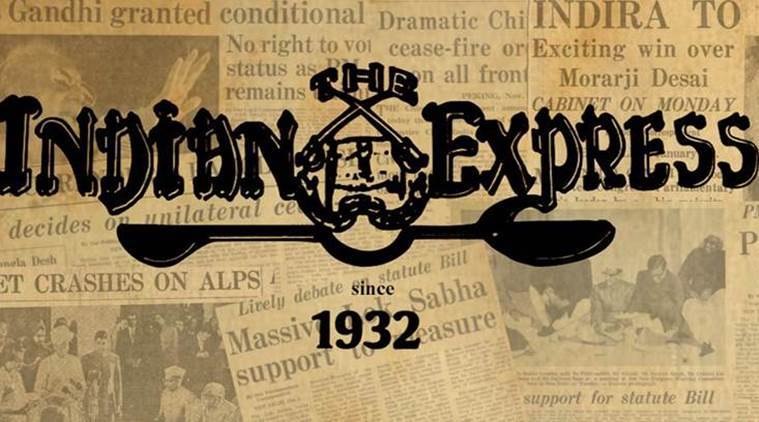 Like in the past, resentment towards a non-tribal community has underlined the current phase of violence
Like in the past, resentment towards a non-tribal community has underlined the current phase of violence
That a state capital has been under curfew for a week following violence triggered by a street-corner fight is a cause for concern. The stone-pelting that Shillong witnessed for four days beginning Thursday last over a skirmish involving a woman of Punjabi ethnicity and a Khasi boy has resurrected the spectre of the violence against non-tribals that the city experienced for two decades beginning in the late 1970s. Like in the past, resentment towards a non-tribal community has underlined the current phase of violence. It threatens to undo the gains of the past decade or so of peace the city has experienced. In these years, Shillong has become a bustling city with a vibrant nightlife though its cosmopolitan character, built over many decades since the British founded it as a provincial capital in the mid 1850s, is now a thing of past.
At the core of the tension is a social and political narrative that sees non-tribals as Dkhars, the Khasi word for foreigners. This, of course, is not limited to Shillong or Meghalaya, but extends to most of North-eastern India. The Partition of 1947 wreaked havoc on the region following the massive transfer of populations under tragic circumstances. The political logic that led to the Partition has continued to define the social imagination in the region, where communities perceive diversity more as a threat than a sign of progress, opportunity and prosperity. The success of the anti-foreigner agitation in Assam in the 1970s triggered similar mobilisations across the region. These mobilisations, centred on the notion of cultural purity, fed off the fear of being subsumed by “outsiders”. The political success of these mobilisations seems to have legitimised the fear, which reappears in the political discourse targeting Bengalis, Nepalis, Biharis, Muslims, Chakmas, Kukis, at various times, in various places. The uneven development of local economies, chaotic urbanisation etc. have further intensified anxieties. That a 1,500-strong community of Dalit Sikhs, which lives in the heart of Shillong, could become the object of outrage to the powerful ethnic majority points to the influence the politics of fear and hatred commands in the region.
In the course of time, curfew will be lifted and the city will be back to normal. But for a beleaguered minority, it will take much more to be assured that the city has not ceased to be its home. That’s a challenge the civil society must undertake.